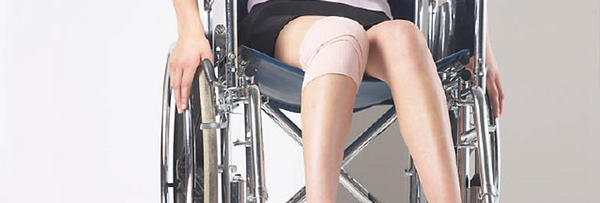- By New York State Comptroller's Office
- News
 Print
Print 
The state Department of Health (DOH) should be doing more to insure that nursing homes are properly inspecting, maintaining and testing their medical equipment, according to an auditreleased today by State Comptroller Thomas P. DiNapoli.
"New York state is doing the bare minimum when it comes to inspecting life-saving equipment used at nursing homes," DiNapoli said. "The state Department of Health deserves credit for monitoring nursing homes and reporting deficient practices to the public. But this is New York, and we should be going above and beyond the minimum to make sure some of our most vulnerable residents are protected."
DOH is responsible for ensuring nursing homes are in compliance with federal and state regulations designed to optimize the health, safety and quality of life for the approximately 117,000 people living in nursing homes across New York state. The agency assesses and certifies nursing home compliance through unannounced, on-site inspections, commonly referred to as surveys.
DiNapoli's auditors found that while DOH completes its surveys on time and reports deficient practices to the public, as required, there were gaps in its inspection procedures. For example, a list of the types of equipment in use at facilities used by surveyors to sample equipment for inspection is not always complete. Auditors found equipment such as heart monitors, electrocardiograms and dialysis machines were missing from the list.
Auditors also found that DOH was only looking at a small number of items in the facilities and could be missing equipment defects. For example, one 120-bed facility auditors visited had approximately 500 pieces of resident care-related medical equipment, of which only four would need to be reviewed.
In visits to 36 facilities across New York, auditors found several pieces of poorly maintained equipment, including a transport wheelchair that was covered by rust, mold or mildew, and a suction machine, used to remove airway fluid, covered in a thick layer of dust that appeared to have accumulated over time.
While generators are not considered resident care equipment, they are necessary to power such items during a power outage. Auditors interviewed staff at the 36 facilities regarding generator maintenance. At 13 facilities, staff could not provide documentation that the generator tests were conducted as required, and four of the 13 facilities were not aware that this test was required.
DiNapoli recommended DOH improve oversight of nursing home resident-care medical equipment by:
- Periodically updating the inventory form to add types of medical equipment known to be in use at nursing home facilities, such as the durable medical equipment items identified in the report;
- Using inventories of nursing home facility resident care equipment, if available, to identify whether there are types of equipment in use that are not on the inventory form to aid in sample selection; and
- Requiring surveyors to document their equipment samples.
The Comptroller also recommended DOH evaluate whether equipment sample sizes should be increased in some cases.
DOH generally disagreed with the audit’s findings.
v14i36



